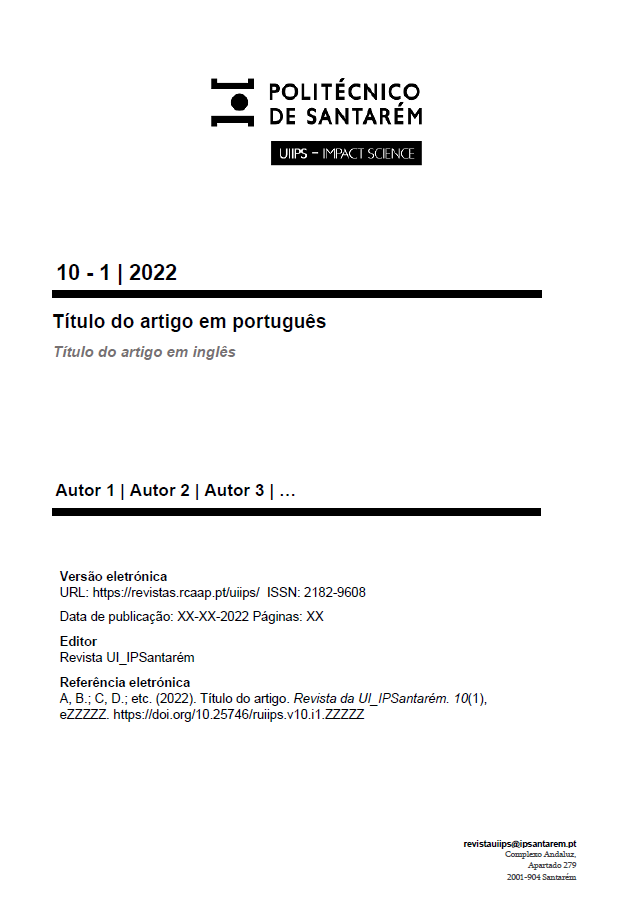Gamification as an element of motivation and engagement, applied to Agile Scrum Methodology
Exact Sciences and Engineering
DOI:
https://doi.org/10.25746/ruiips.v10.i1.27354Keywords:
Engagement, Gamification, Motivation, ScrumAbstract
In the current context, with the increasing use of remote work, the trend is to increasingly seek strategies that allow continuity and increase motivation, communication, and commitment of IT teams. This article aims to demonstrate the importance of gamification as a useful tool to achieve engagement and increase motivation. In order to support the strategies developed, a systematic literature review was developed concerning the application of gamification in different contexts. A case study of a gamification strategy was carried out and a proposal of a gamification model applied to the agile Scrum methodology was also presented. This study found indicators that point to the possible existence of a positive association between gamification strategies and employee engagement. On the other hand, the research also found evidence of several benefits brought by the Scrum model for organizations, so that the symbiosis between these two concepts can lead to greater value creation for companies, if well achieved.
References
Abrantes, J.F. & Travassos, G.H. (2011). Common Agile Practices in Software Processes. In Empirical Software Engineering and Measurement (ESEM), 2011 International Symposium. Banff, AB: IEEE, pp. 355–358.
Alexandre F. L. et al (2013). Aplicações de gamificação e técnicas de motivação à aprendizagem da metodologia ágil scrum. VIII International Conference on Engineering and Computer Education, Angola.
Conboy, K. & Fitzgerald, B. (2004). Toward a Conceptual Framework of Agile Methods: A Study of Agility in Different Disciplines. Em: Proceedings of the 2004 ACM workshop on Interdisciplinary software engineering research. Newport Beach, CA: ACM, pp. 37–44.
Deterding, S., Dixon, D., Khaled, R., Nacke, L. (2011). From Game Design Elements to Gamifulness: Defining Gamification. In Proceedings of the 15th International Academic MindTrek Conference: Envisioning Future Media Environments, ACM, pp. 2-15.
Huotari, K., Hamari, J. (2012). Defining Gamification – A Service Marketing Perspective. In Proceedings of MindTrek, p. 19.
Kumar, G. & Bhatia, P.K. (2012). Impact of Agile Methodology on Software Development Process. International Journal of Computer Technology and Electronics Engineering, 2(4), pp.46–50.
Maan, J. (2013). Social Business Transformation through Gamification. International Journal of Managing Information Technology (IJMIT). 5 (3).
Maslow, A.H (1954). Motivation and Personality. New York: Harper & Row Publisher, Inc.
McGonigal, J. (2011). We don’t need no stinkin’ badges: How to re-invent reality without gamification. Disponível em: https://www.slideshare.net/avantgame/wedont-need-no-stinkin-badges-how-to-reinvent-reality-without-gamification. Consultado em 04 de dezembro de 2021.
Miguel, A. (2010). Gestão de projectos de software 4a Ed., Lisboa: FCA - Editora de Informática, Lda.
Milanov, G. & Njegus, A. (2012). Analysis of Return on Investment in Different Types of Agile Software Development Project Teams. Informática Económica, 16(4), pp.7–18.
Rauch, M. (2013). Best Practices for Using Enterprise Gamification to Engage Employees and Customers. Human-Computer Interaction. Part II, pp. 276-283.
Rico, D.F. (2008). What is the Return on Investment (ROI) of Agile Methods? Pp.1–7. Disponível em: http://ww.davidfrico.com/rico08a.pdf. Consultado em 04 de dezembro de 2021.
Rogers, S., Ludington, J. & Graham, S. (1997). Motivation & learning: A teacher's guide to building excitement for learning & igniting the drive for quality. 3th Ed. Evergreen: Peak Learning Systems.
Schwaber, K.; Sutherland, J., (2011). Guia do Scrum. Disponível em: https://www.Scrum.org/Portals/0/Documents/Scrum. Consultado em 05 de dezembro de 2021.
Scrum Alliance, The key values and principles of agile (2020). Site oficial: https://www.Scrumalliance.org/resources/agile-manifesto. Consultado em 05 de dezembro de 2021.
Sutherland, J. (2007). The SCRUM papers: nuts, bolts and origins of an agile process. PatientKeeper, Inc.
Vianna, Y., Vianna, M., Medina, B. & Tanaka, S. (2013). Gamification, INC. – Como reinventar empresas a partir de jogos (1ª ed). Brasil: MJV PRESS.
Weiler Reynolds, B. (2019). 159% Increase in Remote Work Since 2005. FlexJobs & Global Workplace Analytics Report. Disponível em: https://www.flexjobs.com/blog/post/flexjobs-gwa-report-remote-growth/, consultado a 05 de dezembro de 2021.
Werbach, K. & Hunter, D. (2012). For the Win: How Game Thinking Can Revolutionize Your Business. Philadelphia: Wharton Digital Press.
West, D. et al. (2010). Agile Development: Mainstream Adoption Has Changed Agility, Cambridge.
Zichermann, G., Cunningham, C. (2011). Gamification by Design: Implementing Game Mechanics in Web and Mobile Apps, 1ª Ed., Canada: O’Reilly Media Inc. ACM, pp. 9-19.
Downloads
Published
How to Cite
Issue
Section
License
Copyright (c) 2022 Paulo Branco, Marlene Soberano

This work is licensed under a Creative Commons Attribution-NonCommercial-NoDerivatives 4.0 International License.
Authors publishing in this journal agree to the following terms:
Authors retain copyright and grant the journal the right of first publication, with the article simultaneously licensed under the Creative Commons Attribution License that allows sharing of the work with acknowledgement of authorship and initial publication in this journal.
Authors are permitted to enter into additional contracts separately for non-exclusive distribution of the version of the article published in this journal (e.g., publish in an institutional repository or as a book chapter), with acknowledgment of authorship and initial publication in this journal.
Authors have permission and are encouraged to publish and distribute their work online (e.g., in institutional repositories or on their personal webpage) at any point before or during the editorial process, as this may generate productive changes, as well as increase the impact and citation of the published work.



